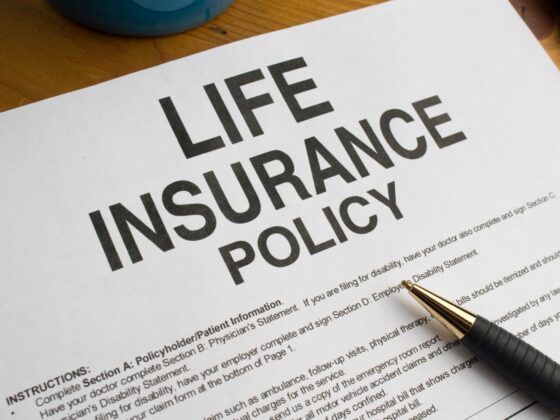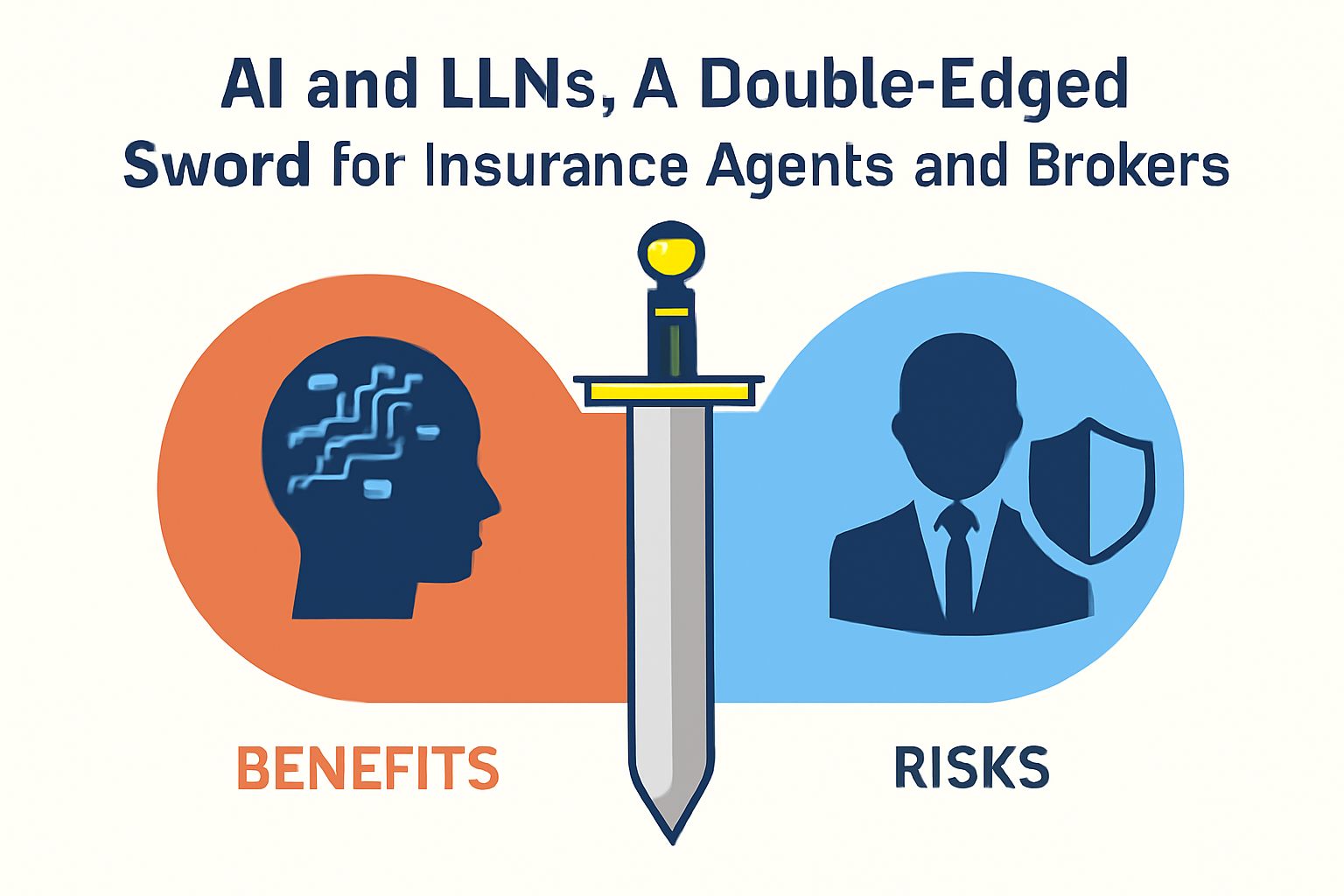Homeowner’s property insurance is an essential aspect of owning a home. It provides protection against potential damage to the property due to events like fire, theft, natural disasters, and other unforeseen circumstances. However, the cost of homeowner’s insurance can vary significantly from one homeowner to another, and understanding the factors that drive these costs is essential for consumers looking to make informed decisions about their coverage.
In this blog, we’ll delve into a panel discussion on the key cost drivers behind homeowner’s property insurance. By exploring these factors, we’ll gain a clearer understanding of why insurance premiums fluctuate, what homeowners can do to mitigate costs, and how the insurance industry determines pricing. Join us as we break down the primary contributors to homeowner’s property insurance costs.
Introduction to Homeowner’s Property Insurance
Before diving into the discussion of cost drivers, it’s important to understand what homeowner’s property insurance entails. This insurance is designed to cover the costs of repairing or rebuilding a home after covered events, such as fire, theft, vandalism, or natural disasters like hurricanes or earthquakes (depending on the policy). Homeowner’s insurance typically covers the following:
- Dwelling Protection: Covers damage to the structure of the home itself.
- Personal Property Protection: Covers damage or theft of personal belongings inside the home.
- Liability Protection: Protects the homeowner from legal claims and injuries that occur on their property.
- Additional Living Expenses: Covers the cost of living elsewhere if the home becomes uninhabitable due to damage.
The Panel Discussion: Key Cost Drivers of Homeowner’s Property Insurance
1. Location of the Property
The location of a property is one of the most significant cost drivers for homeowner’s property insurance. Insurance companies evaluate risk based on geographic location, and the risk level associated with a particular area can directly affect premiums. Several location-based factors influence the cost of insurance:
- Natural Disaster Risk: Homes located in areas prone to natural disasters such as floods, hurricanes, tornadoes, and wildfires are considered higher risk. Insurance premiums tend to be higher in these regions due to the increased likelihood of needing to make a claim for damage. For example, homes in coastal areas are often at higher risk of hurricane damage, while homes near forests may face a higher risk of wildfire.
- Crime Rate: Areas with higher crime rates, particularly those with a significant amount of theft or vandalism, can lead to higher insurance premiums. Insurance providers factor in the likelihood of theft or damage when setting rates.
- Proximity to Fire Stations: Homes located near fire stations or hydrants are generally considered lower risk and may receive lower premiums. This is because response times are quicker, reducing the amount of potential damage that could occur from a fire.
- Flood Zones: Homes in flood-prone areas are subject to higher premiums, and some homeowners may be required to purchase additional flood insurance. Even if the standard policy covers water damage, flooding from external sources like rivers, lakes, or storm surges may require separate coverage.
2. Home’s Age and Condition
The age and condition of the home are also crucial factors that impact homeowner’s insurance premiums. Older homes tend to be more vulnerable to damage due to outdated building materials or systems, making them riskier to insure. Here’s how age and condition factor into pricing:
- Building Materials and Construction: Older homes may use materials that are less durable or resistant to damage compared to modern construction. For example, older plumbing and electrical systems may be more prone to failure or cause fire hazards, prompting higher insurance premiums.
- Renovations and Upgrades: Homes that have been updated with modern systems or materials, such as new roofing, plumbing, or electrical work, are often viewed as lower risk and may result in lower premiums. If a home has a recently replaced roof, for example, the likelihood of extensive water damage from leaks decreases, which can lower premiums.
- Home Size and Layout: Larger homes generally cost more to repair or rebuild, meaning their insurance premiums will be higher. Additionally, homes with more complex layouts or intricate designs may present additional challenges when repairs are needed, further driving up costs.
- Security Features: Homes that have installed security systems, such as surveillance cameras, alarms, or smart locks, can lower the risk of theft, which in turn may lead to lower premiums. Insurance providers often offer discounts for homes that are equipped with such devices.
3. Homeowners’ Claims History
A homeowner’s past claims history is another significant factor in determining the cost of homeowner’s insurance. Insurance companies review past claims as part of the underwriting process, and a history of frequent or large claims can lead to higher premiums.
- Frequency of Claims: Homeowners who have made multiple claims in the past, whether for damage, theft, or liability, are considered higher risk by insurers. These homeowners may face increased premiums due to the likelihood of filing more claims in the future.
- Claim Severity: The severity of past claims also plays a role. For example, a claim involving significant structural damage to a home due to a natural disaster may result in a higher premium than a smaller, less expensive claim, like a broken window.
- Insurance Lapse: If a homeowner has had lapses in insurance coverage (e.g., due to non-payment or switching providers frequently), this can also raise premiums. Insurance companies may view gaps in coverage as an indicator of potential risk.
4. Policy Features and Coverage Limits
The features and limits of the insurance policy itself will have a significant impact on the overall cost of homeowner’s insurance. Homeowners can choose from a range of policy options, and these choices will dictate the amount of coverage and, subsequently, the cost.
- Coverage Limits: Higher coverage limits result in higher premiums. Homeowners who want to ensure that they are fully covered for the replacement value of their home and belongings will need to pay higher premiums compared to those who opt for more basic policies with lower coverage.
- Deductibles: A deductible is the amount a homeowner must pay out-of-pocket before the insurance company covers the remaining costs. Choosing a higher deductible can lower the insurance premium, but it also means that the homeowner will be responsible for a larger portion of the costs in the event of a claim.
- Optional Add-ons: Homeowners may choose additional coverage options, such as flood insurance, earthquake insurance, or personal property protection. These add-ons increase the cost of insurance but can provide vital coverage in areas that are prone to specific risks.
- Liability Coverage: Many homeowner’s policies also include liability coverage, which protects against legal claims for injuries or damage that occur on the property. The amount of liability coverage can affect the premium, with higher limits resulting in higher costs.
5. Credit Score
In many states, insurance companies use a homeowner’s credit score as one of the factors in determining premiums. The rationale is that individuals with higher credit scores tend to file fewer claims and are seen as more financially responsible, so they may receive lower premiums.
- Credit-Based Insurance Scores: Insurers often use a credit-based insurance score to assess risk. This score is different from a traditional credit score and is based on an individual’s credit history, including factors such as payment history, credit utilization, and the age of credit accounts.
- Impact of Poor Credit: Homeowners with lower credit scores may face higher premiums because insurance companies perceive them as higher risk. Conversely, individuals with good credit may qualify for discounts and lower rates.
6. Insurance Company and Market Conditions
Insurance companies operate in competitive markets and use various factors to determine their pricing structures. However, the broader market and the company’s individual underwriting practices can impact premiums. Some of these factors include:
- Company’s Risk Appetite: Different insurance companies may assess risk in slightly different ways. Some companies might have a higher tolerance for risk and offer lower premiums, while others may be more conservative and charge higher premiums for the same coverage.
- State Regulations: Insurance premiums are also influenced by state-level regulations. Some states have strict guidelines on how much insurers can charge, while others allow greater flexibility. These regulations can significantly impact the cost of homeowner’s property insurance in different regions.
- Reinsurance Costs: The cost of reinsurance, which is insurance purchased by insurance companies to protect themselves from catastrophic losses, can also influence premiums. If reinsurance becomes more expensive, insurers may raise premiums to offset these costs.
7. Market Competition
Lastly, the level of competition in the homeowner’s insurance market can influence premium costs. In areas with a large number of insurance providers, homeowners may have the opportunity to shop around for the best deal. However, in markets where competition is limited, premiums may be higher due to reduced competition among insurers.
Conclusion: Understanding and Managing Your Homeowner’s Insurance Costs
Homeowner’s property insurance is an essential part of protecting your home and personal assets, but understanding the various factors that drive its cost is key to managing and minimizing your premiums. The location of your property, the age and condition of your home, your claims history, and the features of your policy all contribute to the overall cost of homeowner’s insurance.
By understanding these cost drivers, homeowners can take proactive steps to lower their premiums. This might include upgrading home systems, installing security features, raising deductibles, or shopping around for more competitive rates. In addition, maintaining a good credit score and avoiding unnecessary claims can help keep costs down in the long term.
Ultimately, homeowner’s insurance is a crucial investment in protecting your home and family, and understanding the factors that influence the cost of coverage will allow you to make informed choices that align with your financial goals.



